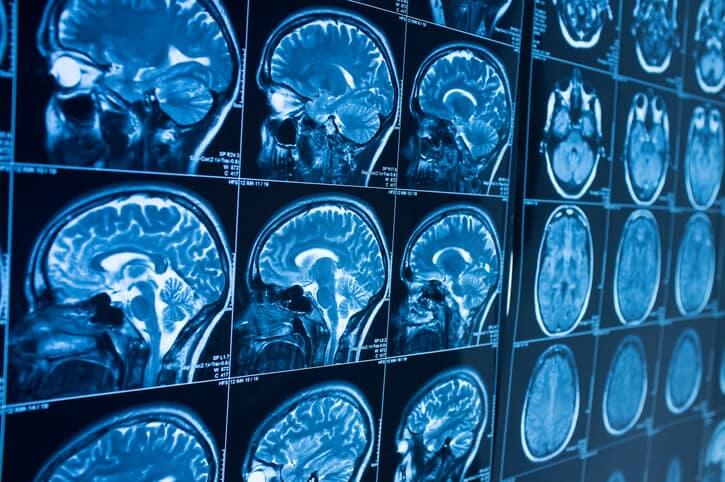Can the body’s naturally occurring “pot” be boosted in the brain to treat Alzheimer’s disease? A researcher at The University of Texas Health Science Center at San Antonio is studying that intriguing question with $4.4 million in newly awarded funding from the National Institutes of Health.
Delta9-tetrahydrocannabinol (THC), derived from marijuana or cannabis plants, is the chemical compound that produces pot’s high. By comparison, THC’s counterpart in the body, 2-AG, which works on the same brain receptors as THC, plays a protective role when the brain is injured.

“Even a small amount of 2-AG can suppress neuroinflammation,” said Chu Chen, PhD, professor in the Department of Cellular and Integrative Physiology at UT Health San Antonio. Chen’s lab previously showed that augmentation of 2-AG signaling in a specific type of cells called astrocytes reduces neuropathology and improves cognitive function in an animal model of traumatic brain injury.
Unfortunately, an enzyme called monoacylglycerol (MAG) lipase throws a wrench in 2-AG activity. “Eighty-five percent of 2-AG in the brain is degraded by this enzyme,” Chen said.
In their latest studies, the researchers are genetically inactivating MAG lipase in beta-amyloid and tau Alzheimer’s disease animal models. The team is assessing whether an increase in circulating 2-AG can produce anti-inflammatory and neuroprotective effects in the Alzheimer’s disease animal models. The scientists also want to learn whether the protective effects are specific to astrocytes or extend across various cell types in Alzheimer’s disease.
Selectively deactivating enzyme in astrocytes
Since current drug therapies do not have the capacity to target a molecule in a specific type of cells in the brain, the team is developing a gene therapy by specifically silencing MAG lipase in astrocytes to reduce neuropathology and slow or reverse deterioration in synaptic and cognitive functions in animal models of Alzheimer’s disease. “This approach would lead to a novel and efficacious therapy for Alzheimer’s disease,” Chen said.
2-AG is part of our bodies
2-AG, short for 2-arachidonoylglycerol, is an endocannabinoid. It is endogenous, which means it is naturally present in our bodies, and it is part of the body’s endocannabinoid system. This complex signaling system, not yet fully understood, is involved in regulating sleep, mood, appetite, memory, and reproduction and fertility.
“Dr. Chen and his team are using cutting-edge methodologies combining neuronal physiology with therapeutic manipulations to address how the endocannabinoid signaling could be exploited to reduce the burden of injury- or age-associated neuronal pathologies,” said Manzoor Bhat, MS, PhD, professor and chairman of the Department of Cellular and Integrative Physiology.
Alzheimer’s disease, which wipes out memory and thinking skills, is the leading cause of dementia in senior adults. Experts believe more than 6 million Americans, mostly 65 or older, may have this disease.
Chen is a faculty member in the UT Health Science Center’s Joe R. and Teresa Lozano Long School of Medicine. He is a member of the Center for Biomedical Neuroscience within the health science center.
The Long School of Medicine also includes the Glenn Biggs Institute for Alzheimer’s and Neurodegenerative Diseases. The Biggs Institute, in partnership with UT Rio Grande Valley, is Texas’ only National Institute on Aging-Designated Alzheimer’s Disease Research Center (ADRC). ADRCs are centers of excellence in the prevention, diagnosis, treatment and research of Alzheimer’s disease.


